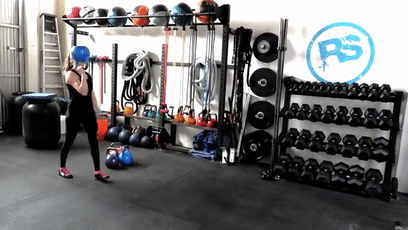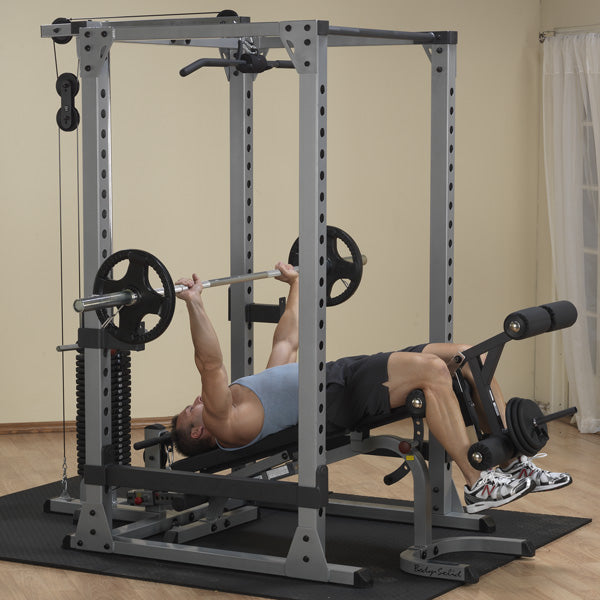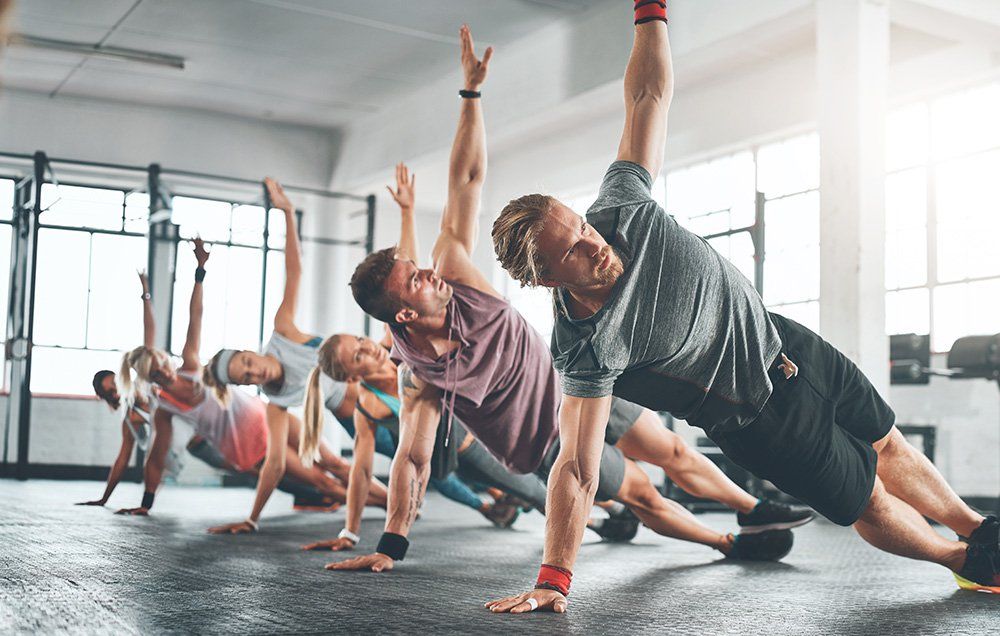As a fitness enthusiast who is gradually upgrading, your small equipment will always gradually increase, and among the many small types of equipment, kettlebells will always become one of them. And its unique shape is also well received by everyone.
As for kettlebell training, it can not only reduce fat, train muscles but also improve cardiopulmonary function. Kettlebell training is very variable, and the best method is to apply it to explosive movements because you can train multiple sets of main muscles at the same time. Efficiently burn fat, enhance body coordination and strengthen muscle strength.
In this article, you will learn:
- What are kettlebells and why are they so effective?
- How to choose the right kettlebell weight and size for your level and goals?
- 25 Best Kettlebell Workouts
- How to avoid common kettlebell mistakes and injuries?
What are kettlebells and why are they so effective?

Kettlebells are different from traditional weights, such as barbells and dumbbells, in several ways. First, kettlebells have an offset center of gravity, which means that the weight is not evenly distributed around the handle. This creates a unique challenge for your muscles and joints, as they have to stabilize and control the kettlebell throughout the movement. Second, kettlebells allow you to perform ballistic movements, such as swings, cleans, and snatches, which involve explosive acceleration and deceleration of the kettlebell. These movements train your fast-twitch muscle fibers, which are responsible for generating power and speed. Third, kettlebells enable you to perform multiplanar movements, which means that you can move the kettlebell in different directions and angles. This trains your coordination, balance, and mobility, and also mimics the way you move in real life.
Because of these unique characteristics, kettlebells are very effective for improving your overall fitness and performance. They can help you:
• Build strength and muscle mass in your whole body, especially in your posterior chain, which includes your glutes, hamstrings, lower back, and core.

• Burn calories and fat, as kettlebell training has a high metabolic demand and can increase your post-exercise oxygen consumption (EPOC), which means that you continue to burn calories even after your workout is over.
• Improve your cardiovascular fitness, as kettlebell training can elevate your heart rate and challenge your aerobic and anaerobic systems.
• Enhance your mobility and stability, as kettlebell training can increase your range of motion and joint health, and also strengthen your stabilizer muscles, which support your spine and limbs.
• Prevent injuries and correct imbalances, as kettlebell training can address your weak links and asymmetries, and also improve your posture and alignment.
One of the most common questions that beginners have about kettlebell training is how to choose the right kettlebell weight and size for their level and goals. There is no definitive answer to this question, as it depends on several factors, such as your:
• Experience and skill level. If you are new to kettlebell training, you should start with a lighter weight that allows you to learn the proper form and technique of the exercises. As you get more experienced and confident, you can gradually increase the weight to challenge yourself and improve your results.
• Strength and fitness level. If you are already strong and fit, you may need a heavier weight to stimulate your muscles and cardiovascular system. However, you should not sacrifice your form and safety for the sake of lifting more weight. You should always choose a weight that you can control and handle with good technique and posture.
• Type and goal of the exercise. Different exercises require different weights, depending on the difficulty and purpose of the movement. For example, you may need a heavier weight for a strength-focused exercise, such as a deadlift, than for a cardio-focused exercise, such as a swing. You may also need a heavier weight for a lower-body exercise, such as a squat, than for an upper-body exercise, such as a press. You should always choose a weight that matches the type and goal of the exercise, and that allows you to perform the desired number of reps and sets with good form and effort.
How to choose the right kettlebell weight and size for your level and goals?
As a general guideline, here are some suggested kettlebell weights for beginners, intermediate, and advanced levels, based on the recommendations of fitness experts and kettlebell instructors:

For women:
- Beginners: 8 to 15 pounds (4 to 7 kilograms)
- Intermediate: 18 to 26 pounds (8 to 12 kilograms)
- Advanced: 35 to 44 pounds (16 to 20 kilograms)

- Beginners: 15 to 25 pounds (7 to 11 kilograms)
- Intermediate: 35 to 44 pounds (16 to 20 kilograms)
- Advanced: 53 to 70 pounds (24 to 32 kilograms)
25 Best Kettlebell Workouts
1. Advanced Kettlebell Windmill
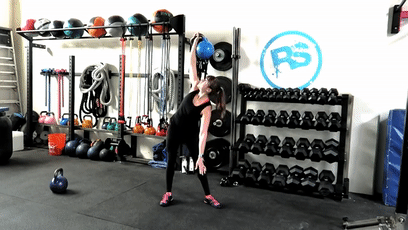
2. Kettlebell Figure 8
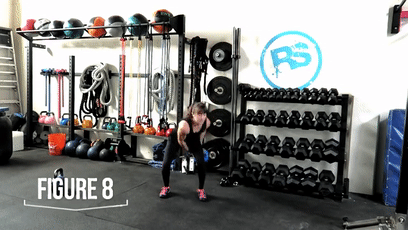
3. Lunge With Pass Under

4. Goblet Squat
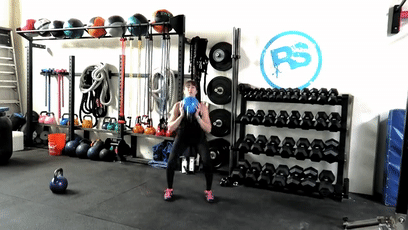
5. Racked Reverse Lunge
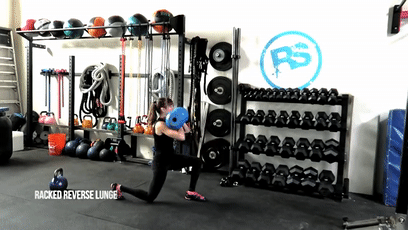
6.Single Arm Overhead Squat
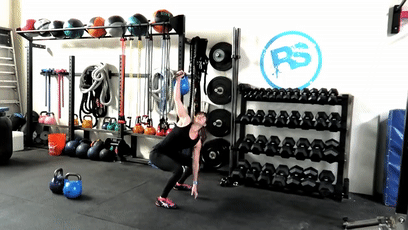
7.Squat Rockers
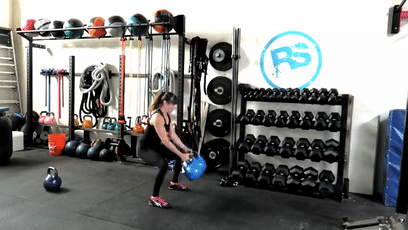
8. Kettlebell Swing
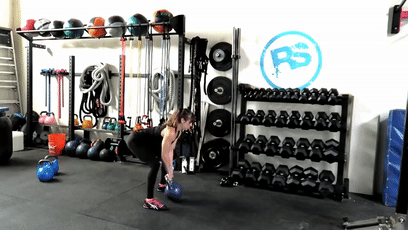
9. See Saw Press

10.Kettlebell Row
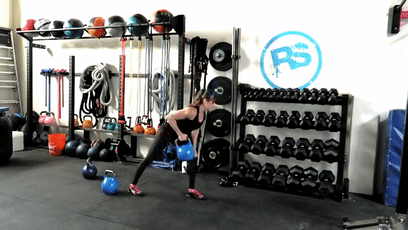
11.Halos
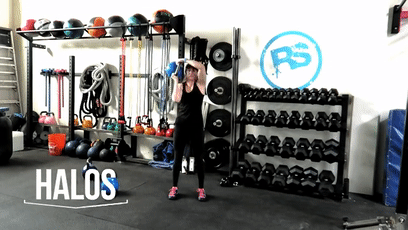
12.Sling Shot
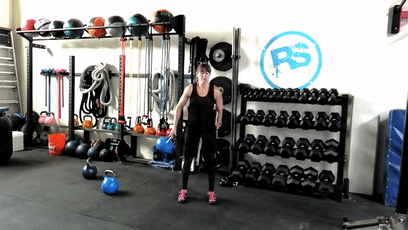
13.Squat Catch And Press
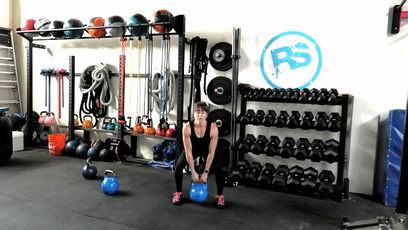
14.Tea Pots
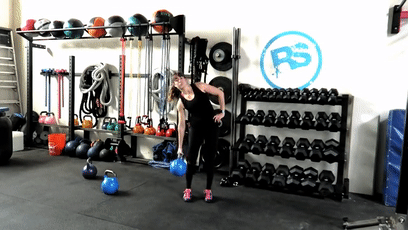
15. Double KB Thrusters
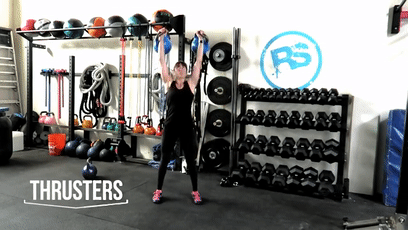
16.Kettlebell Deadlift
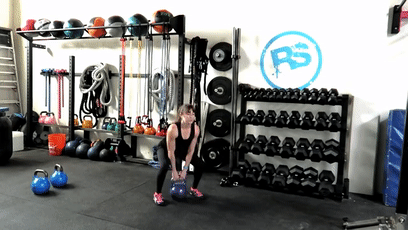
17.Turkish Get Up
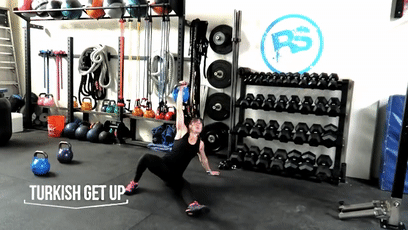
18.Renegade Rows

19.Double Kettlebell Push Up To Dip
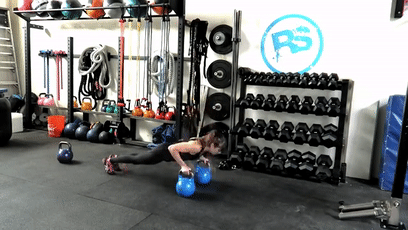
20.Push Up Shuffle
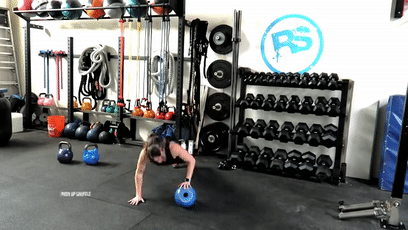
21.Side Plank Row
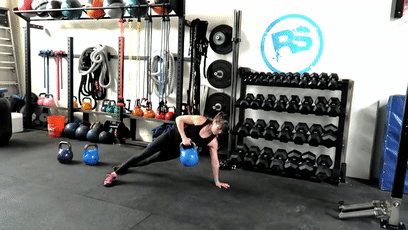
22.Floor Press
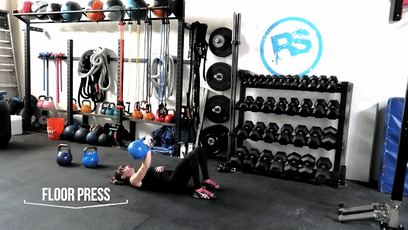
23.Overhead Single Arm Sit-Up
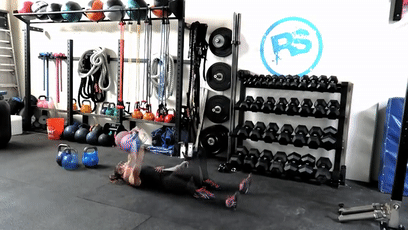
24.Floor Wipers
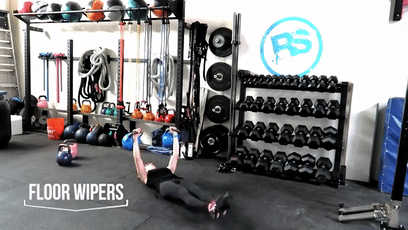
25.Bottom Up Carry
How to avoid common kettlebell mistakes and injuries?
To avoid common kettlebell mistakes and injuries, you should follow these tips:
• Warm up before your kettlebell workout, and cool down after it. This can help you prepare your muscles and joints for the kettlebell movements, and also prevent stiffness and soreness. You can do some dynamic stretches, mobility drills, and light cardio exercises for your warm-up, and some static stretches, foam rolling, and deep breathing exercises for your cool-down.
• Start with simple and basic exercises, and progress gradually to more complex and advanced ones. Don't try to do too much too soon, as this can lead to overtraining and injury. Master the fundamentals, such as the kettlebell deadlift, swing, and goblet squat, before moving on to more challenging exercises, such as the kettlebell clean, snatch, and Turkish get-up.
• Keep your shoulders and lats engaged, and your core braced, throughout the kettlebell movements. This can help you stabilize and protect your spine and joints, and also generate more power and force. You can also use the cue of "packing" your shoulders, which means pulling them down and back, and keeping them close to your body.
• Swing the kettlebell close to your body, and don't let it go too high or too low. This can help you maintain control and balance, and also reduce the risk of injury. You can also use the cue of "hiking" the kettlebell, which means swinging it between your legs, like a football hike, and not letting it drop below your knees.
• Breathe properly and rhythmically during the kettlebell movements. This can help you oxygenate your muscles and brain, and also create intra-abdominal pressure, which supports your spine and core. You can use the breathing pattern of inhaling through your nose and exhaling through your mouth, and timing your breath with your movement. For example, you can exhale when you swing or lift the kettlebell, and inhale when you lower or drop it.

